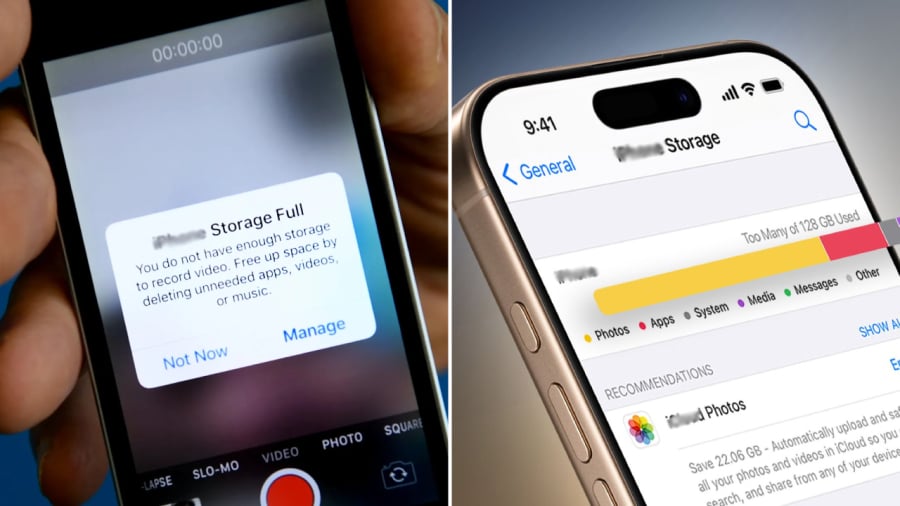In the past, mobile phones typically had smaller storage capacities of 32GB or 64GB. However, with technological advancements, popular phone models now offer 128GB, 256GB, and even a whopping 1TB of storage. Yet, larger storage capacity comes at a higher cost, so mid-range storage options remain the most popular choice for many consumers.
Over time, as your phone fills up, you may experience issues such as lag, an inability to multi-task, and challenges with data storage.
What Causes a Phone’s Memory to Fill Up?
There are several reasons why your phone’s memory may be full. The primary culprits are numerous apps, photos, and videos taking up space. Additionally, downloading large files and heavy apps can quickly consume your storage.
Another factor is the phone’s cache memory, which stores temporary data from apps. If not cleared regularly, it can accumulate and take up a significant amount of space.
An older operating system that hasn’t been updated in a while may also contribute to slower performance and increased memory usage.

What Can You Do When Your Phone Memory is Full?
When your phone alerts you about low memory, there are several actions you can take to free up space and remove unnecessary data.
- Clear Cache Memory
Cache memory temporarily stores app data, allowing faster access and improved app performance. However, it can take up a significant amount of space over time. Clearing the cache will not affect your app experience, so it’s a quick way to free up storage. The process varies depending on your phone model and operating system, but you can usually find it in the Settings app under the Applications or Storage section.
- Delete Duplicate Photos and Videos
If you’re a photo enthusiast, chances are your camera roll is taking up a lot of space. Go through your photos and videos, identify duplicates or unwanted content, and delete them to free up space.
- Utilize Cloud Storage Services
Consider using cloud storage services like Google Drive, Google Photos, or iCloud to store your photos, videos, and other files. This approach is a great way to offload data from your device without losing access to your important files. Many people now opt for buying phones with smaller storage capacities and utilizing cloud storage. This method also simplifies data transfer when upgrading to a new phone, and you can easily access your data from other devices by logging into your cloud account. Keep in mind that cloud storage services usually come with subscription fees based on the amount of storage you need.
- Uninstall Unused Apps
Take some time to review the apps on your phone and uninstall those you rarely use. These unused apps are taking up valuable storage space and may also be draining your battery by running in the background or constantly displaying notifications. Instead of full apps, consider using lite versions, such as Facebook Lite, or the web version of the app, which takes up less space.
These are some effective ways to free up space when your phone memory is full. Remember to back up important data before deleting anything, and regularly review your phone’s storage usage to keep it optimized.






































